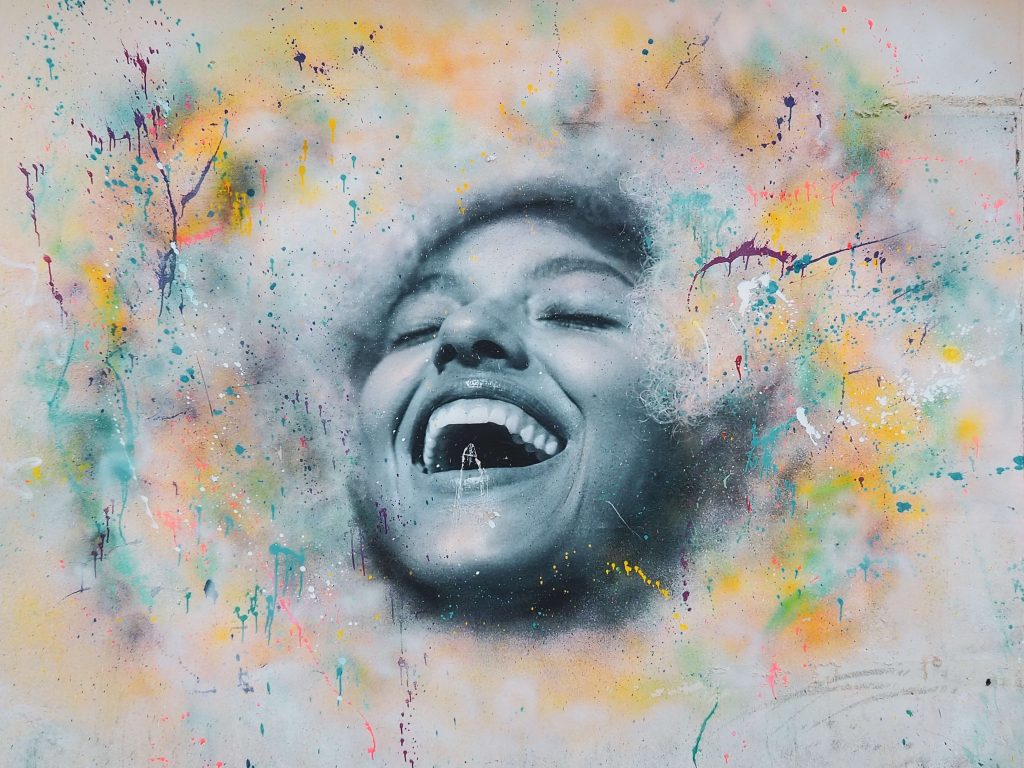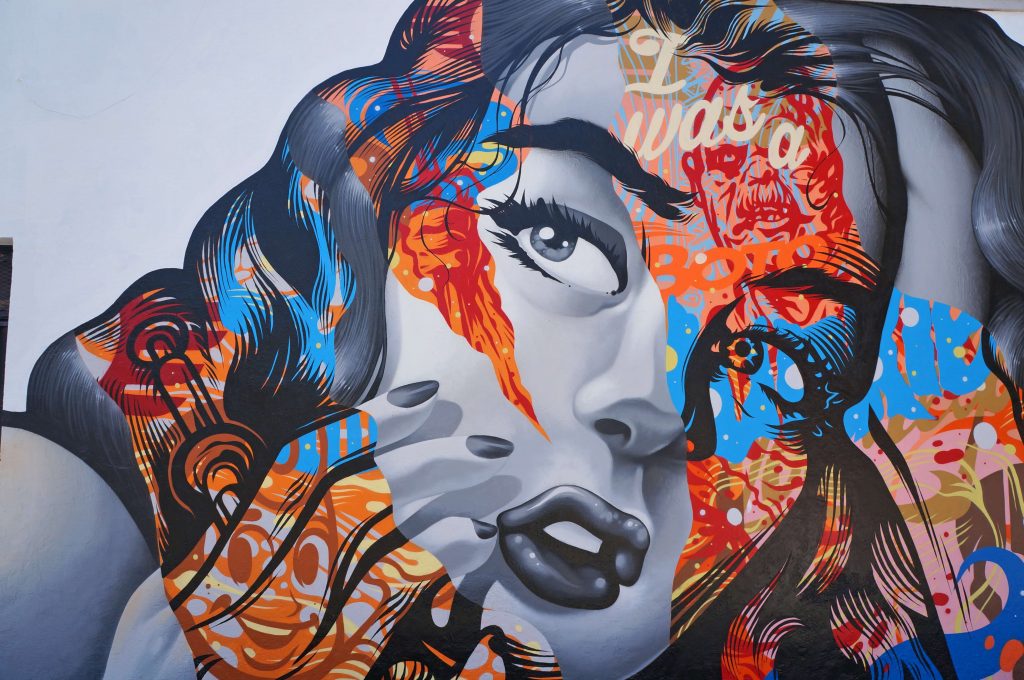Printouts of paintings, graphics and photographs are an inseparable element of every interior design. In order to make them pleasing to the eye with their full colors for a long time, an appropriate printing technique is needed.
The answer to this need is artistic printing called fine-art or giclée, which allows to prepare high quality reproductions of works of famous artists. In this way, art also becomes accessible to people who cannot afford to buy an expensive original.
The terms fine-art and giclée cover the entire process of creating reproductions of paintings by means of inkjet printing and using special printers. High-quality printing materials do not fade, so such an image maintains clarity and brightness of color for a long time.
The term giclée was initially applied only to those art objects created on Iris printers invented in the early 1990s, but later it also extended its meaning to all types of high-quality inkjet printers.
The technology has evolved considerably and nowadays, special ink compositions, extended color gamut and long-lasting substrates are used to achieve more accurate color reproduction.

Fine art printing is superior to traditional techniques in many ways. It allows for brighter colors, higher resolution, clearer scratch details, etc. Moreover, it allows you to make prints even in small runs and in a short time.
Instead of the four colors that were originally used in Iris printers, today we have from 7 to 12 at our disposal. This makes it possible to obtain up to 16 million shades and smooth tonal transitions.
The advantages of images created with this technology are thus:
Fine-art printers, unlike regular inkjet printers, allow you to print at very high resolutions – from 1200 to 2880 dpi. As a rule, they belong to the large-format class and contain 8-12 cartridges with pigmented inks, which provide colors with a lifespan of up to 200 years. The printout is nice, as close as possible to the original image and without visible pixels.
Fine-art printers use an extended CMYK color model – yellow, magenta and light magenta, cyan and light cyan, and 3 levels of black are included in the mostly 8-channel head. Images are created by applying pigment inks directly to the medium. As a result, the prints have a unique and wide range of vivid colors, perfect blacks and pure whites.

Giclée printers use pigment inks, which, unlike dye inks, have high fade resistance and retain their quality for a long time.
Another element that ensures long print life is an acid-free substrate – high-grade and archival-quality paper or canvas. The selection of papers for giclée prints is very wide. All are produced from cotton, linen or wood pulp and are characterized by a thickness and stiffness higher than that of ordinary photographic papers. It is this stiffness that can prove to be a drawback, as the paper is more difficult to straighten and images printed from a roll will curl when mounted.
Fine-art print preparation usually uses ICC color profiles, which are files that describe how a particular device is supposed to reproduce or display an image. Each paper and device has its own profile, which must be taken into account for a guaranteed print of the highest quality and with the most accurately reproduced color gamut. Usually such profiles are available on branded paper manufacturers’ websites.
Artistic printing is mainly used to create reproductions of graphics, photographs and paintings. Recently it is also popular to make limited editions of works by one artist, who personally takes part in the whole process, signs the finished prints or adds a unique element by hand. Finished paintings often receive a serial number and a certificate of authenticity. So if buying an original painting is beyond our financial possibilities, but we want to enrich our interior with something impressive and unique, it is worth considering buying fine-art prints.